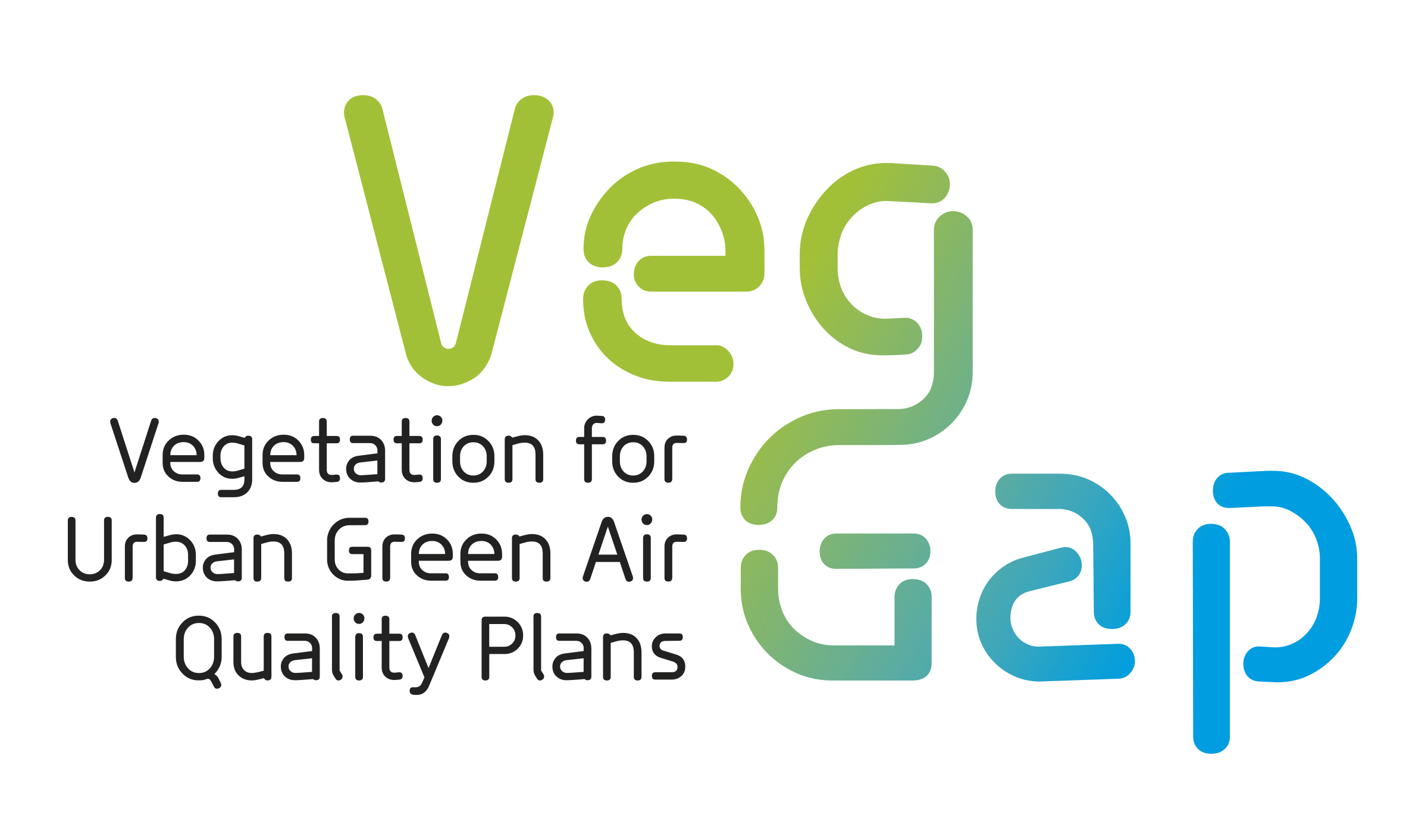On 28 and 29 April, the final events of the VEG-GAP
project took place in Madrid, in the beautiful green setting of the Retiro
Park. The meetings were held in presence with possibility of online connection.
On April 28, the final conference was held in
the municipal cultural center "Casa de Vacas".
The day was introduced by the Director General
of Sustainability and Environmental Control of the City of Madrid, Josè Amador
Fernandez Viejo, which explained how the results of VEG-GAP will be used by the
City of Madrid to build the metropolitan forest and by Guido De Wilt of DG ENV
of the European Commission, which highlighted how the project focuses on the
objectives of the European green deal and how scientific results are a
stimulous for new European policies for reducing pollution.
The scientific partners presented the project
results and the following spoke: M. Mircea (ENEA, coordinator), S.Finardi
(ARIANET), M.D'Isidoro (ENEA), S.Mantovani (MEEO), R.Borge (UPM), S.Fares
(CREA).
On 29 April, at the library, the first part of
the morning was dedicated to the networking event that involved other European
projects working on environmental issues for an interesting exchange of
information.
Representatives of the Liquencity, Life+Respira
and Madrid Compensa projects were present, while R.Borge (UPM) presented
possible applications of the VEG-GAP Project to the metropolitan forest of
Madrid.
In the second part of the meeting were shown
applications of the platform created by the VEG-GAP project by J.M. De Andres
(UPM) and S. Mantovani (MEEO).
The public, made up of both experts and
citizens interested in the topic, took an active part in both days, showing
curiosity about the topics covered and asking numerous questions.
In conclusion, the speeches stressed the
importance of a conscious exploitation of trees by cities to implement air
quality plans for reducing pollution and improving the climate, but it was
reiterated that planting trees is not enough and that effective results to
reduce pollution can only be achieved by reducing the emissions created by
vehicular traffic in parallel.


